Cracks, gaps and more can be serious signs of foundation issues with your home.
12 Silent Signs Your House Has Foundation Problems
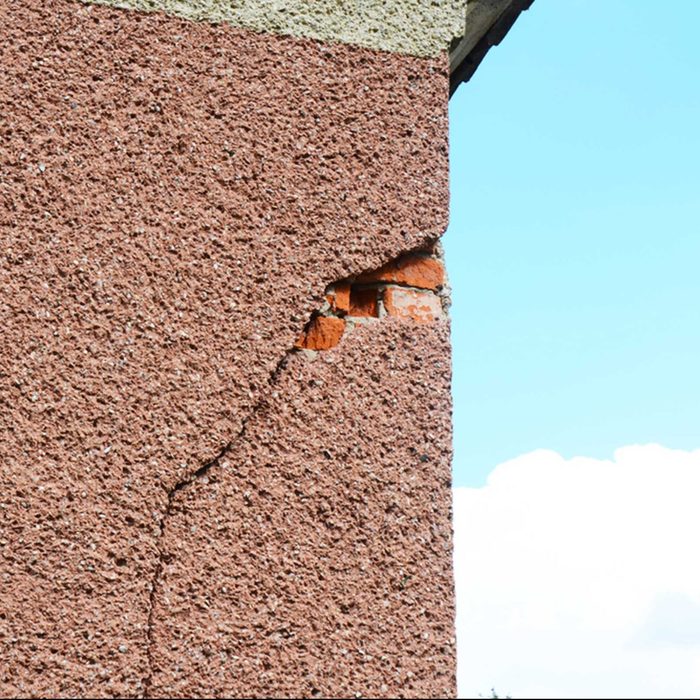
Exterior Wall Cracks
Do not overlook cracks along the exterior walls of your home. Did you know the direction of the crack can tell you a lot about your foundation? This Family Handyman article explains the differences between vertical cracks, horizontal cracks, diagonal cracks and stair-step cracks. Depending on which way the cracks run, your foundation could be fine or have significant problems.
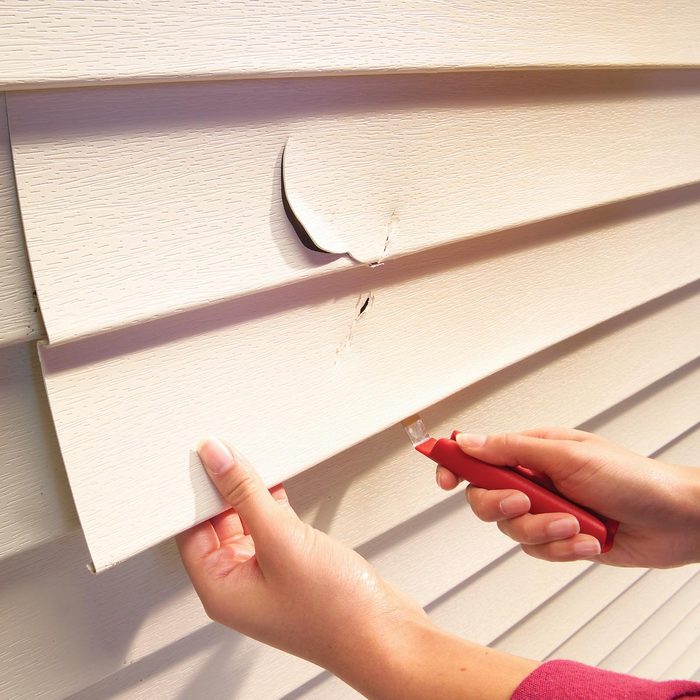
Warped Siding
Siding can buckle, crack or warp from moisture or other issues, including major structural problems with your home’s foundation.
“If you see warped siding or gaps between planks, it’s a dead giveaway that there’s something wrong with your foundation,” says Daniel Morris, owner of Fire and Saw. “There is usually plenty of evidence if there is a foundation issue on a house with wood cladding. There will be gaps between where the lengths of siding join, and where the siding overlaps at top and bottom.”
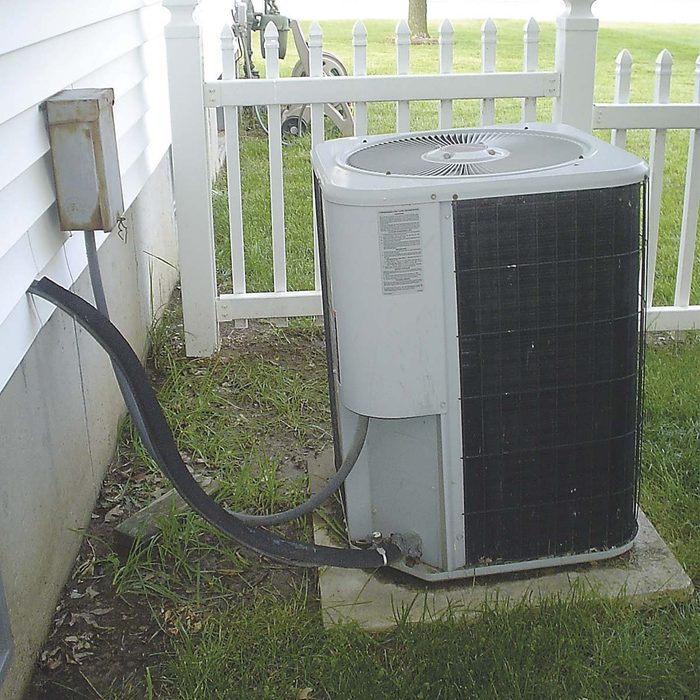
Ground Around the House is Sinking
If you’re starting to suspect there might be something wrong with your foundation, walk the perimeter of your house to see if there is any sinking. If you do spot a sinking area, you might have a serious issue.
“(Sinking around the house) can happen due to serious water leakage or drainage issues,” says Scott Cam, founder of Blueprint Homes.

Bouncing Floors
Your home shouldn’t be a bounce house. Bouncy floors likely mean there’s an issue with the support for the floor.
“Soft and spongy floorboards are an indication that the structural floor beams have been severely damaged by termites,” says Imani Francies, a home foundation expert with Clearsurance.com. “It can also be caused by a variety of factors such as poor structural design, foundation settlement or moisture-related concerns in the crawl space.”

Weeds Near Foundation
No one likes weeds, and homeowners will like them even less if they’re spotted near the home’s foundation.
“If they’re just scattered about, it could be a coincidence,” says Dan Bailey, president of WikiLawn. “But if they’re clustered and very close to the foundation line, it could mean excess moisture in that area which is potentially causing problems in the foundation. It should go without saying, too, that if you see any weeds growing up from the foundation itself, this is a huge problem. It means there are cracks in it.”

Damp Crawl Space
Humidity in the crawl space of a pier and beam home is a good indicator that you have foundation issues already, or might soon.
“Puddles of water in the crawl space aren’t good, but the water itself won’t ruin your home,” according to Basement Systems. “It’s the water vapor (or moisture) that causes rot, mold, energy loss, and attracts pests.”
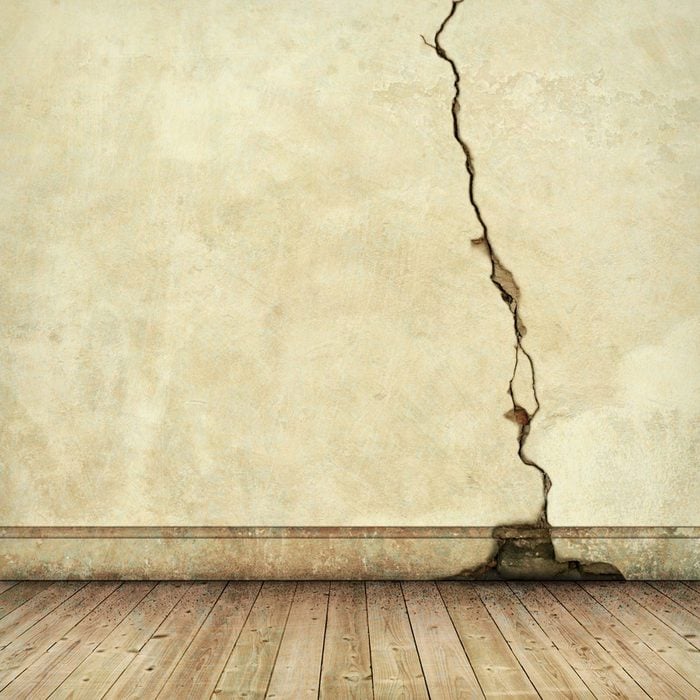
Drywall Cracks
Your walls are built to last, so any sudden and unusual cracks in the drywall should grab your attention.
“If your home has a strong foundation, there should not be any changes to your walls throughout the years,” says Chuck Naish, Owner of City Residential Foundation Repair. “If you notice the wallpaper wrinkling or the drywall cracking and crumbling, that is a good indication the foundation is not strong.”

Drainage Issues
“The drain is one of the house’s main parts that usually needs regular maintenance,” says Sam Dolbel, co-founder & CEO of SINC Workforce. “But a minor issue observed may be a part of a major issue.
“Drainage problems could be rooted from clogged main sewer lines or from leaking pipes. These drainage issues may result in the terrain’s imbalance due to soil contraction or expansion, significantly affecting the overall foundation of the house. Have a professional plumber take immediate action.”
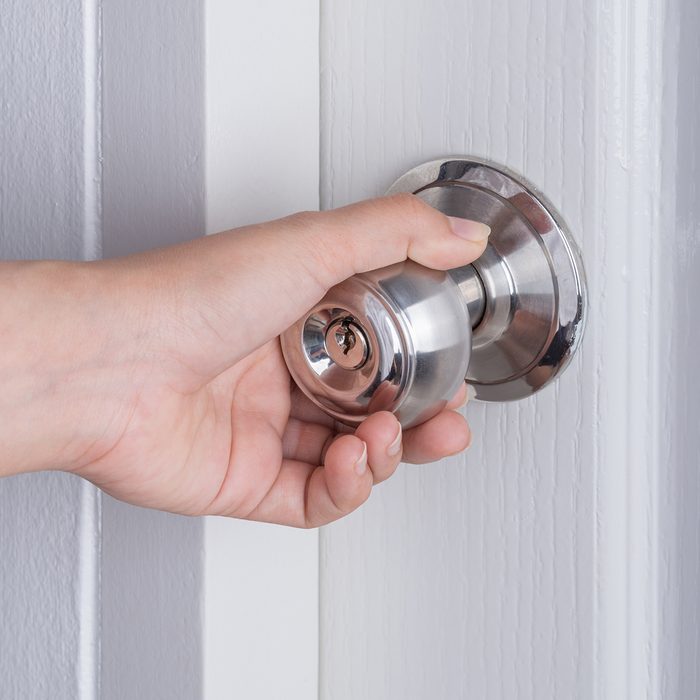
Doors and Windows Sticking or Not Latching
Fixing a stuck door or window is typically an easy fix, but that doesn’t mean it’s always a minor problem.
“If all of the doors in the house are sticking when you open and close them, you could have foundations issues,” says Rick Abbiati, owner of Colony Property Investments. “The same holds true for the windows. The reason this happens is because the once the foundation begins to sag, the house is no longer square.”
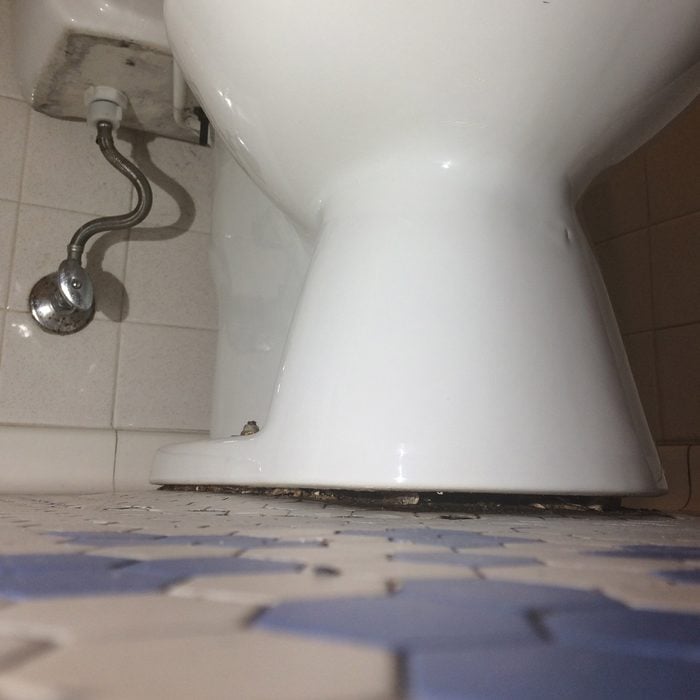
Uneven Floors
Dealing with uneven flooring is one of the easier signs of foundation trouble. It’s also fairly common in older homes. However, that doesn’t mean it’s an issue to overlook.
“Uneven floors can be a sign of poor wood quality, moisture under the floor damaging the wood, termite damages, or foundation problems,” says Daniel Adams, CEO Of Cosier. “It is difficult to predict the exact reason for the uneven floors in a house, therefore a professional must be called in. You can confirm the gradient by spilling water on the floor and noticing if it all slides in one direction.”
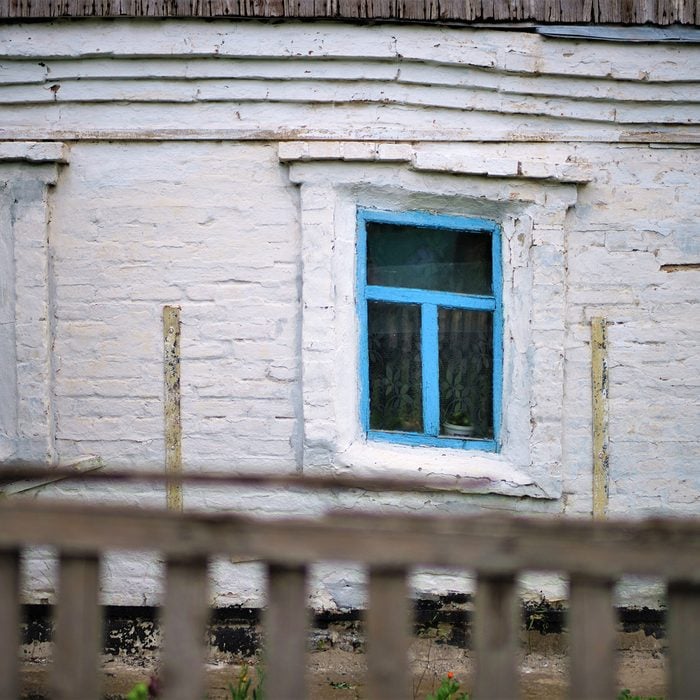
Doors or Windows Pulling Away from Walls
Doors or windows pulling away from the wall is another silent sign of foundation issues. That can lead to major cracks and damage.
“Doorways are built plumb,” according to URETEK, a foundation repair company based in Houston. “When a foundation settles, the door frame falls out of plumb which can cause the frame to twist and the door to stick. There are no lasting superficial fixes to this problem.”
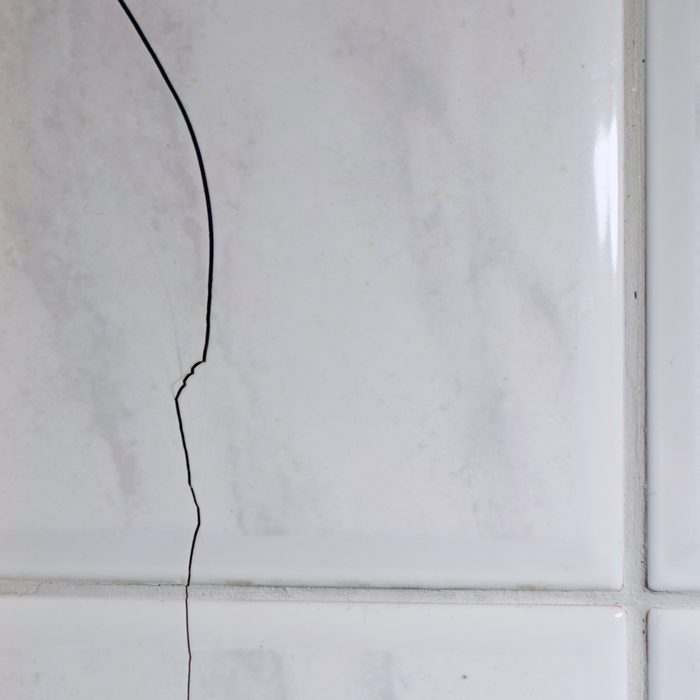
Tile Floor Cracks
“Tile floors are excellent materials for the home, and they provide a good indication of whether your home foundation is experiencing problems,” says Alex Berezowski, owner and general manager of The Foundation Experts Inc.
“If you notice cracked tiles without further explanation of the damage, there is a good chance that the root cause is a foundation issue, and a professional should be called to investigate the problem further.”




















